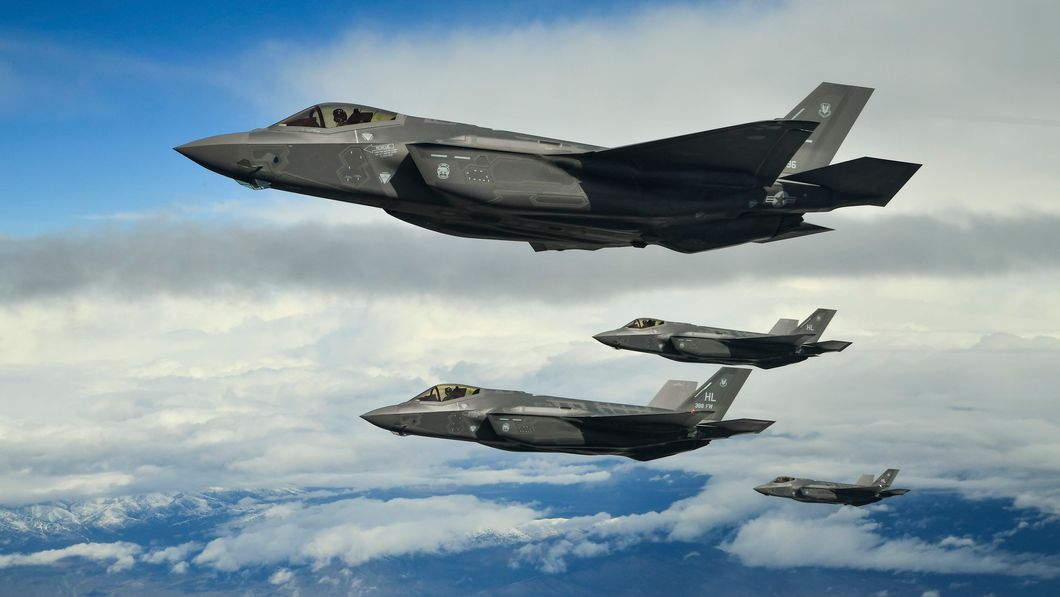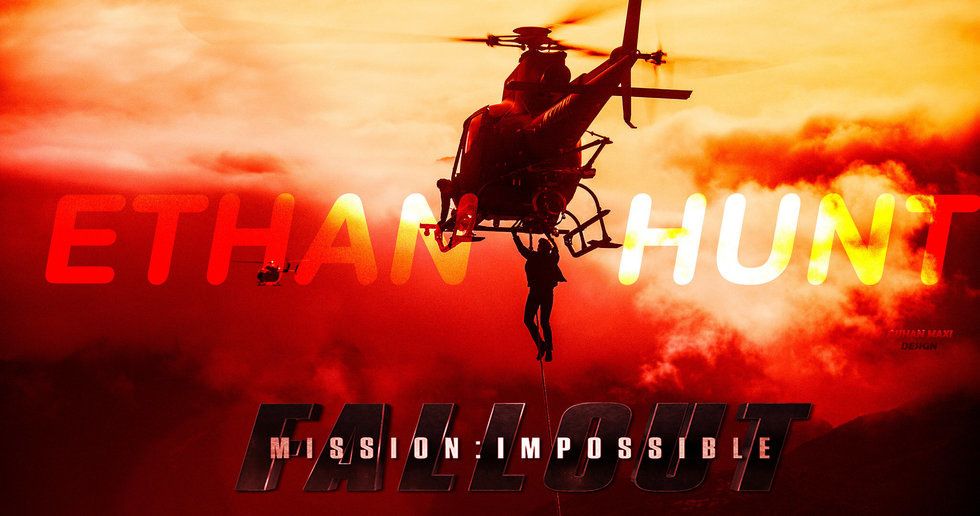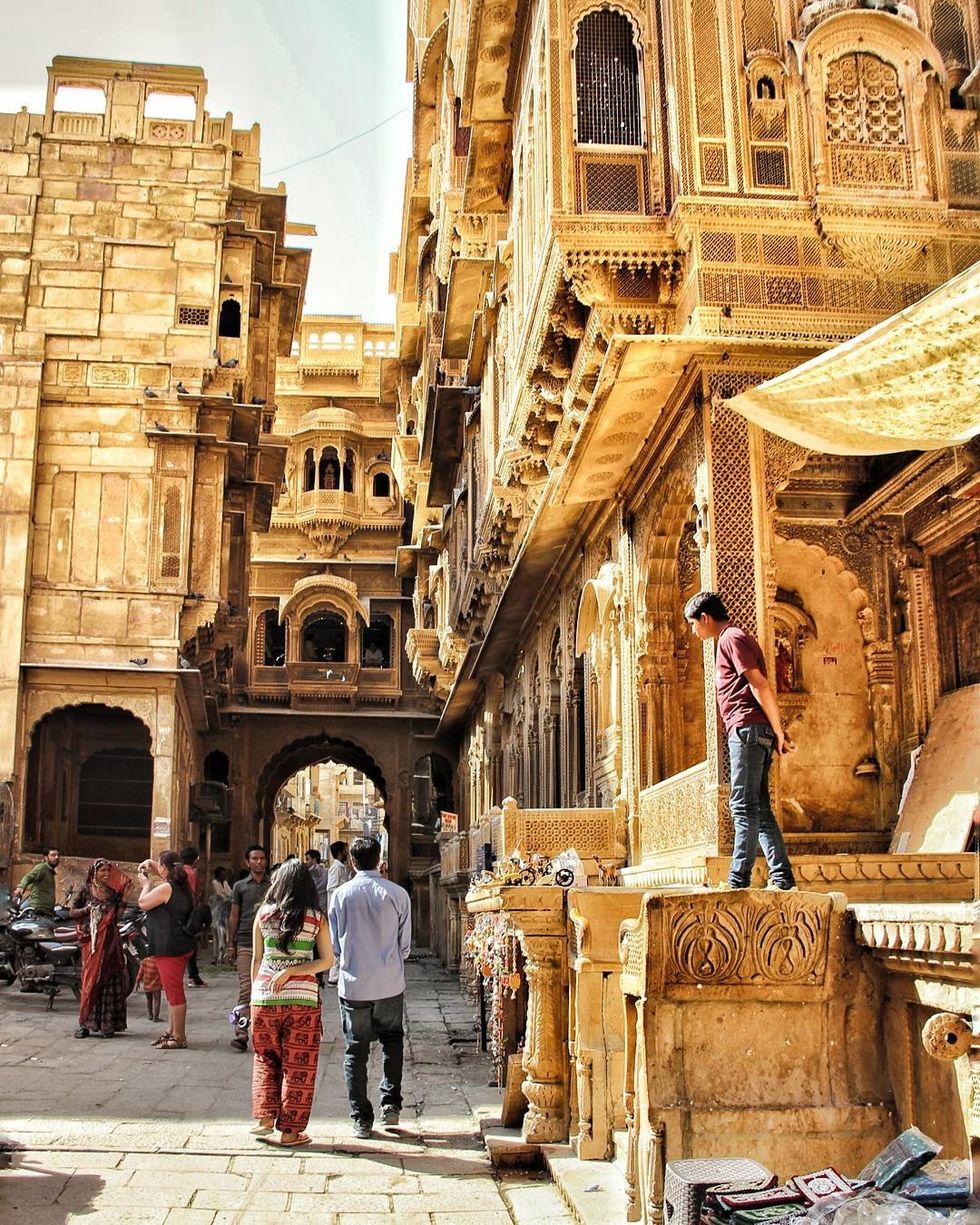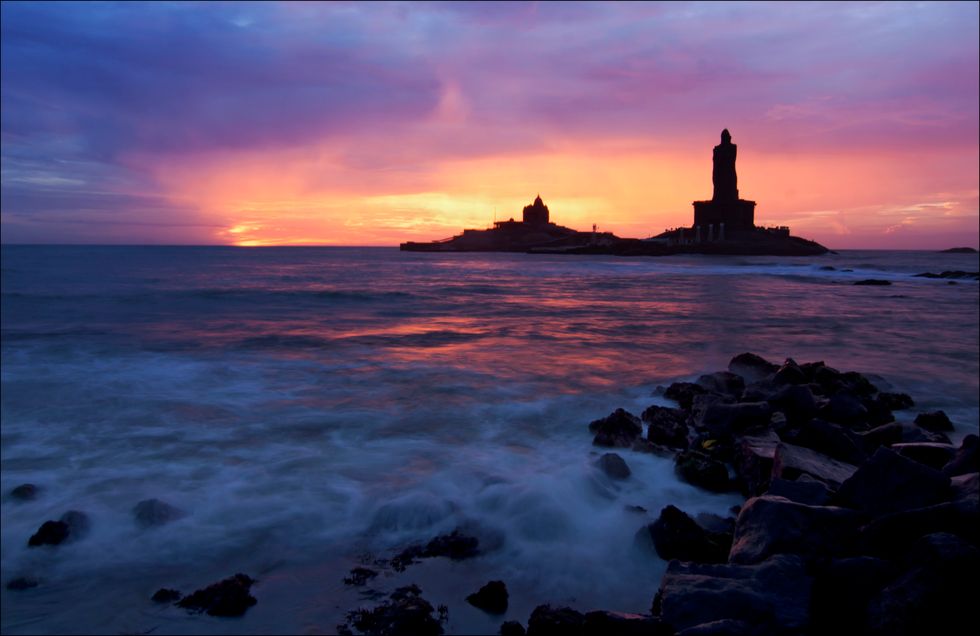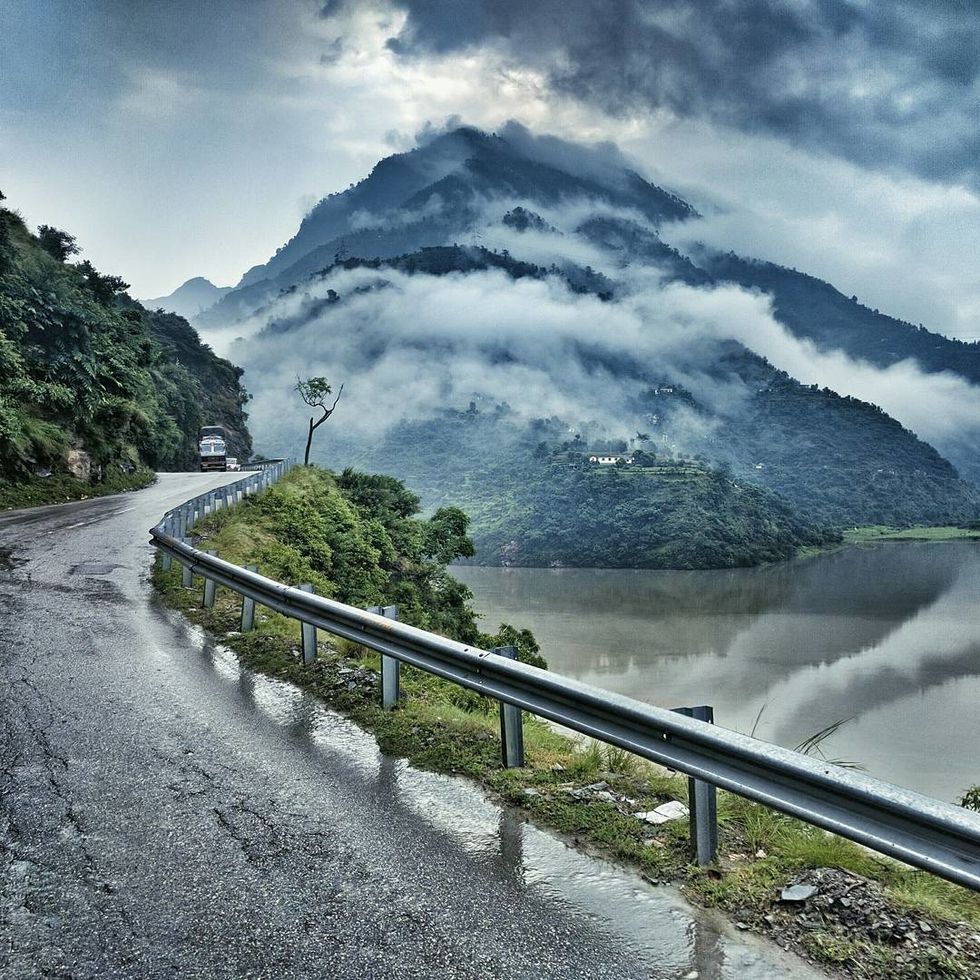The War On Misinformation
It's happened before, but it gets a bit scarier when both countries involved are nuclear powers.
As you may know, India and Pakistan were recently at the brink of war. Why? It starts with (and in) Kashmir.
Kashmir is a state that has a special autonomy from India, partly due to the fact that the region is constantly under a low-threat territorial conflict between India, Pakistan, and China (mainly between India and Pakistan, although the state does also share a border with a region near Tibet that is under Chinese control). Since Kashmir is the only state in India with a Muslim majority in its population, many expected it to be made a part of Pakistan following the Partition of India. However, since the main political outlook in the region (amongst other reasons) aligned with that of India, Kashmir became a part of the Indian nation.
Despite this, the Partition was not a clean break between the two countries. Animosity between them still occurs today, and Kashmir is a hotspot for that tension. Troops from the Indian army constantly guard the border against Pakistan, but all in all, there hasn't been any major (war bringing) conflict recently—aside from the three wars where India and Pakistan fought over the region.
Many of us may have thought (and hoped) that this series of conflicts had come to an end. However, a suicide bomber brought India and Pakistan back to the cliff's edge of war again—an attack on Kashmir on February 14 that India insisted Pakistan had a "direct hand" in. This suicide attack killed 40 soldiers in Kashmir and wounded five. The bomber was a young Kashmiri man who joined a Pakistani terrorist group.
Naturally, India retaliated against the attack, carrying out airstrikes against regions in Pakistan. However, when the media provided coverage of the event, many news outlets were apparently spreading misinformation about the attack and the details of the events. An Indian outlet, Times Now, posted a video clip of a Pakistani jet from 2017, claiming that it was footage of the airstrike. On the other side of things, Pakistani media outlets posted the same video, claiming that it was proof that Pakistan had retaliated against India. In addition to this clip, an Indian media outlet shared a year-old clip of soldiers dancing, claiming that it was a celebration following the strike, as well as a grainy video game clip—claiming to be "exclusive" footage of the attack.
Now, in the U.S., we aren't exactly strangers to fake news. However, consider the fact that two large superpowers—nuclear superpowers—were spreading misinformation about events that could have legitimately led to an all-out war. Information that was spread through social media in both countries, serving to anger the people and cause the general masses to retaliate in order to have their nation save face. If these stories had not been caught as false and quickly debunked, this tragic event that resulted in an almost-war could have easily resulted in all-out war. Even more interesting is the fact that when these stories circled on social media, they were apparently identified as misinformation—but nothing was done to remove these sources from being further spread through the internet.
This begs the question: if the media doesn't fact check themselves and platforms for sharing information don't act on accuracy identifiers, where does that leave the masses in terms of being educated on very real, very concerning current events?
